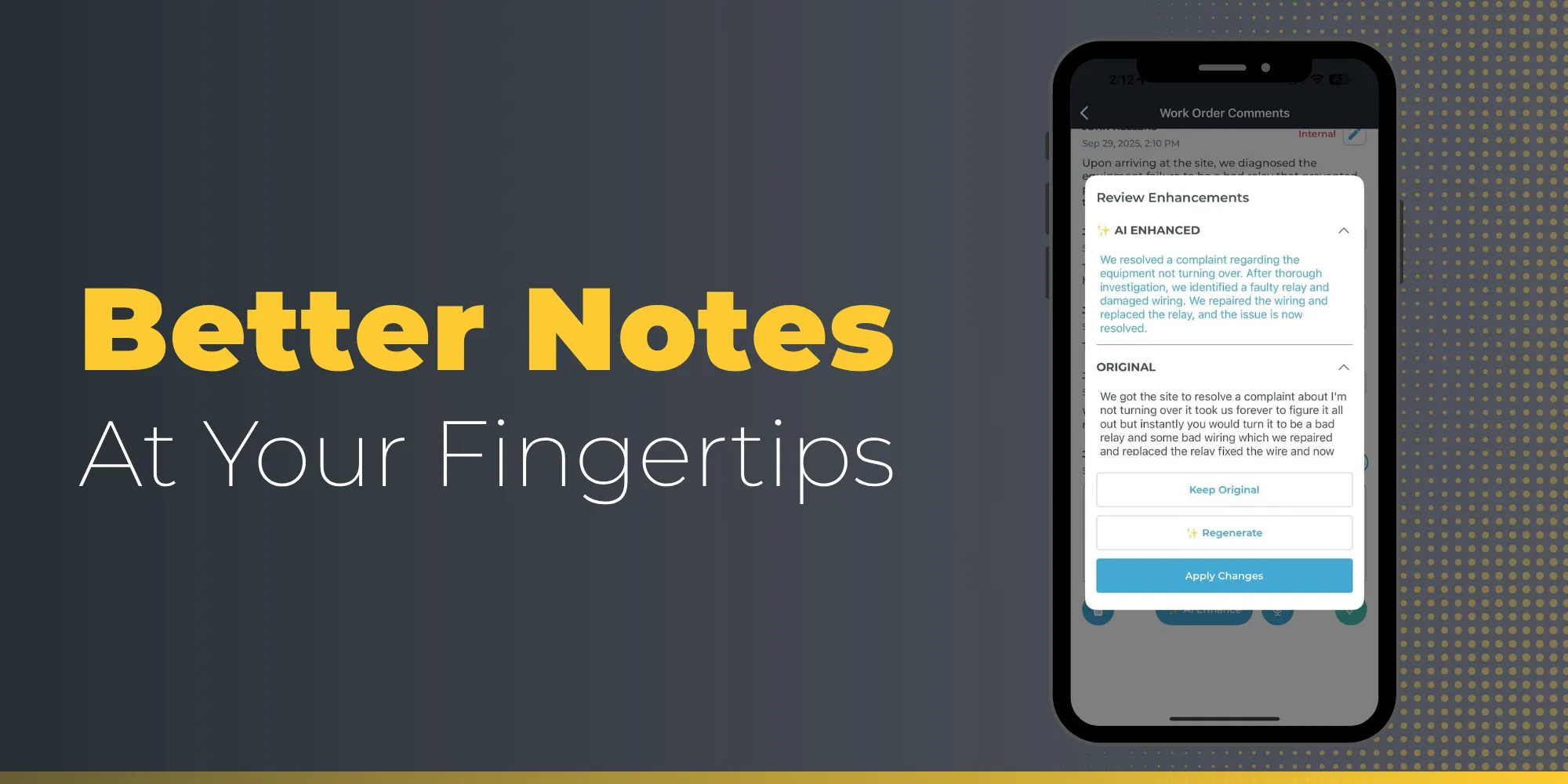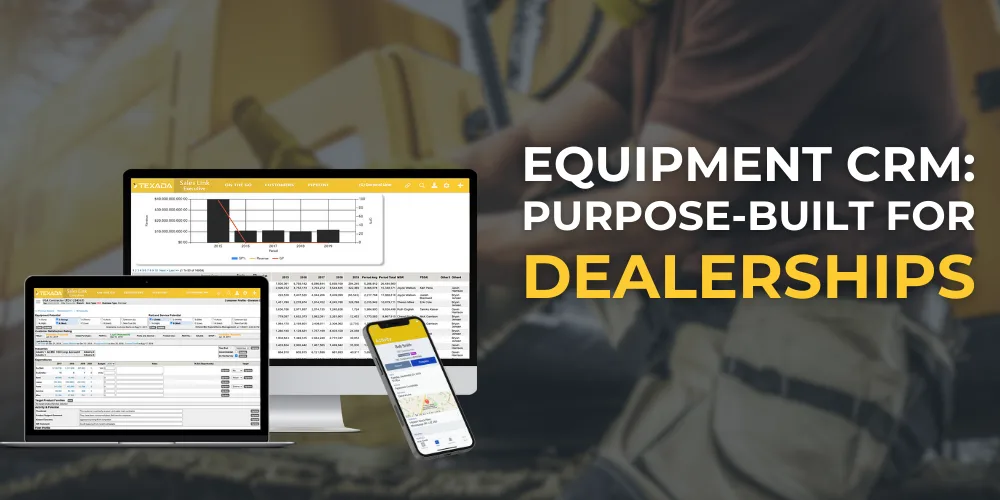Having full visibility of your equipment fleet is critical for staying competitive in the equipment rental market. Whether you’re a large enterprise, a small organization, or a medium-sized business, you need to have full visibility into your fleet’s condition and activities, whether they are on standby or out in field service fulfilling rental orders. The fleet tracking system is a reliable solution that enables real-time tracking and fleet monitoring at remote locations.
It’s crucial for businesses to adopt robust fleet tracking systems for comprehensive fleet management and successfully performing vital business functions. However, it is equally critical to choose the right fleet tracking system that perfectly aligns with the unique nature and requirements of your business as, more often than not, it becomes overwhelming to find the ideal solution amongst the pool of various options available in the market.
You need to make careful decisions and considerations while choosing the right solution that adds value to your business and contributes to the bottom line. We have shared detailed insights and suggestions to help you make the right decision. In this blog, we have discussed various critical aspects related to the qualities to look for in a fleet tracking system and the considerations that will lead you to the right decision.
So, keep reading to ensure you choose the right fleet tracking system for your equipment business.
What is a Fleet Tracking System?
A fleet tracking system is an integrated solution that allows businesses to track their fleet’s location in real-time from anywhere and at any time. It empowers businesses to monitor fleets and provides information about the fleet’s route, location, speed, driver behavior, fuel consumption, and more. Using a fleet tracking system streamlines fleet operations, enhances the driver’s or technician’s safety, regulates fuel costs, improves business performance, boosts customer service, and eventually increases ROI and overall profitability.
The scope of usability and benefits make fleet tracking systems a crucial investment that offers scalability and reliability, eventually streamlining business activities in an equipment business.
Assessing a Fleet Tracking System: Top Four Qualities
Here are the top four qualities to consider when choosing the right fleet tracking system for your business:
Real-Time Tracking Capabilities
Real-time tracking is the foremost quality offered by a robust fleet tracking system as it provides real-time updates about the fleet’s whereabouts, ensuring fleet safety and promoting route optimization. Being aware of the fleet’s location allows you to act spontaneously while dealing with challenging circumstances like sudden breakdowns and traffic congestion. It also allows you to re-route your fleet and keep your clients updated with accurate ETAs and information.
Integration and Customization Options
Integration and customization options are two of the most essential features to look for in a fleet tracking system. Integrating fleet tracking into other critical systems like your ERP, fleet management system, maintenance management system, payment solutions, etc. The customized integration of all these systems creates possibilities for effective data centralization and makes it accessible anywhere, anytime. Seamless integration of the fleet tracking system escalates business operations and enhances the business’s overall efficiency.
Scope for Scalability and Flexibility
A competent fleet tracking system offers great scope for scalability without compromising operational efficiency and reliability. Your fleet tracking system must offer flexibility in its use to accommodate your business’s evolving requirements related to your fleet’s whereabouts and safety. Scalable solutions prove yielding, adaptive, and efficient in the long run, contributing to the performance and expansion of your equipment business.
Intuitive Dashboard and User-Interface
Ultimately, a system or solution’s efficiency boils down to its ease of usability, which means offering a navigable and predictive user interface. Choose a system easily operated by the team and technicians. A fleet tracking system with complex dashboards and functions will lead to underutilization of resources and prevent you from optimally leveraging its benefits for streamlining your fleet tracking and other crucial operations.
Ticking off the above-mentioned key features while looking for the right fleet tracking system will help you make the best choice for your fleet and its well-being, even at remote locations.
Choosing the Right Fleet Tracking System For Your Business: Key Considerations
After discussing the prominent features and qualities to expect in a robust fleet tracking system, let’s address the aspects you should consider while choosing the right one for your equipment business.
Specific Business Needs
Your business’s unique requirements should be the first and foremost consideration while making the final decision. The functions and features offered by the fleet tracking system must align with your business needs. For this, you can choose the system that fits just right or look for a fleet tracking system that offers customization and flexibility to suit your fleet tracking requirements.
Total Ownership Cost
A fleet tracking system is a long-term investment that can greatly impact your business’s bottom line. Therefore, you must carefully analyze the total ownership cost to determine whether it would be profitable for your business. Notably, total ownership cost includes the purchase price of a system or service and other associated charges (one-time costs and recurring expenditures).
Scope for Future Growth
The equipment business landscape is bound to expand and evolve with time, allowing new market trends and requirements to emerge. To keep up with these trends, ensure that the fleet tracking system offers optimum scalability and flexibility.
Testimonials, Trials, and References
Make it a point to ask for a demo, client testimonials, and references to establish the efficiency and reliability of a fleet tracking system. Referring to reviews and trials will help come in handy while zeroing in on software provider you know will actually work with your business and equip your business with what it needs to grow.
A Fleet Tracking System That Makes Sense
Fleet tracking is crucial for equipment to monitor the fleet’s location, condition, and whereabouts remotely, in real-time. It empowers businesses to enhance the fleet’s performance and productivity while eliminating risks and shortcomings.
Texada Rental Management’s fleet tracking features make it simple for rental businesses to control and monitor fleets’ location, movement, and condition with their high-end fleet tracking features. It perfectly aligns with the business’s unique requirements and offers great flexibility for seamless integration with the other systems.
Connect with one of our software experts to learn how Rental Management can help your fleet management reach new heights:
Key Takeaways
- A fleet-tracking system must have real-time tracking, route optimization, integration and customization, scalability, and user-friendly interfaces, which are critical qualities to look for.
- Choosing a fleet tracking system should be based on your specific business requirements, ensuring the features align with your operational needs and contribute to overall efficiency.
- Analyze the total ownership cost, including initial and recurring expenses, and ensure the system offers scalability to adapt to future business growth and evolving market trends.
- Before making a final decision, utilize demos, client testimonials, and references to gauge the reliability and performance of the fleet tracking system.




